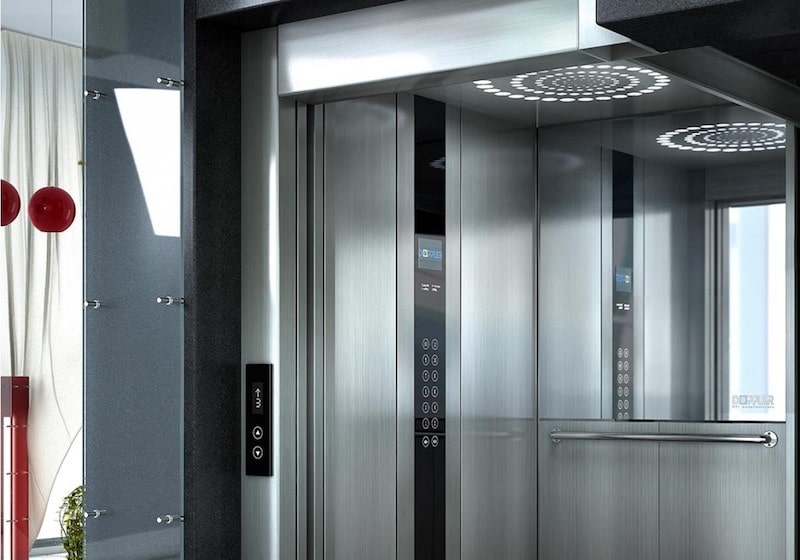London Lift Company: Trusted Experts for All Your Vertical Transportation Needs
Delving Into the Globe of Lifts: Common Issues Encountered by Numerous Lift Systems
As we browse via the vertical transport systems of modern-day structures, elevators stand out as a crucial component of our everyday lives. From hydraulic lifts to grip systems and machine-room-less layouts, each lift type comes with its set of usual issues.
Hydraulic Elevators
Hydraulic elevators, often chosen for low-rise buildings, utilize fluid stress to control the activity of the lift automobile (lift repair companies). This device entails a hydraulic pump pressing oil into a cylinder, triggering the lift to relocate the wanted instructions. While hydraulic lifts are recognized for their smooth and peaceful operation, they do come with their own set of common problems
One widespread problem with hydraulic elevators is oil leak. In addition, problems with the control system, such as malfunctioning valves or a malfunctioning pump, can cause disruptions in the lift's activity.
Routine maintenance and prompt fixings are necessary to guarantee the smooth functioning of hydraulic lifts. By addressing these typical problems proactively, building owners can minimize downtime and ensure the safety and performance of their vertical transportation system.
Grip Elevators
When taking into consideration upright transport systems in buildings, another typical type apart from hydraulic lifts is the traction elevator. Grip elevators run making use of a system of ropes and counterweights that relocate the elevator car by grasping onto the hoist ropes. This mechanism permits for smoother and quicker upright transportation contrasted to hydraulic systems.
One of the common problems faced by grip elevators is rope wear. The consistent movement of the ropes within the grip system can result in wear and tear in time, possibly causing the lift to malfunction or come to be risky for usage. Routine inspections and maintenance of the ropes are vital to make certain the elevator's correct performance and safety.
One more concern that traction elevators might run into is connected to the control system. Problems with the control system can bring about problems such as irregular movement, delays in feedback times, and even total closures. Regular testing and maintenance of the control system are critical to avoid such problems and make certain the lift's integrity.
Machine-Room-Less (MRL) Lifts

Among the crucial elements of MRL lifts is the compact gearless grip maker that is installed within the hoistway. This equipment successfully drives the elevator car without the demand for bulky tools found in standard grip elevators. In addition, MRL elevators commonly utilize a weight system to balance the auto, additional enhancing their power efficiency.
Despite their advantages, MRL lifts might face difficulties connected to maintenance and repair work because of the constrained space for devices installment. Accessibility for servicing elements within the shaft can be restricted, calling for specialized training for technicians. Appropriate maintenance routines and routine inspections are important to make sure the ongoing smooth procedure of MRL lifts.
Overloading and Weight Restriction Issues
Are lifts equipped to manage excess weight lots successfully and securely? Overloading and weight limit issues are important problems in lift procedures. Lift suppliers layout raises with details weight abilities to make certain traveler security and devices durability. Exceeding these Resources weight limits can lead to various problems, consisting of mechanical failings, hold-ups, and safety hazards.
When elevators are overloaded, it places extreme strain on the click now electric motor, cords, and other parts, potentially causing breakdowns or breakdowns. Security mechanisms such as sensing units and overload sensing units remain in location to avoid lifts from moving if they identify excess weight. Furthermore, exceeding weight limitations can lead to enhanced energy usage and deterioration on the lift system.
To reduce overwhelming concerns, constructing managers need to prominently present weight limits in lifts and enlighten residents on the importance of sticking to these restrictions - lift repair companies. Routine upkeep checks by qualified specialists can additionally help make sure that elevators are running within risk-free weight criteria. By dealing with overloading and weight limitation concerns proactively, building owners can improve lift safety and effectiveness
Electric System Failings
Exceeding weight limitations in lifts can not only result in mechanical concerns but likewise possibly add to electric system failings within the lift infrastructure. Electrical system failures are an essential issue in lift operation, as they can cause unforeseen shutdowns, breakdowns, or also safety risks. One usual electrical issue is the overheating of elements as a result of excessive existing circulation triggered by overwhelming the elevator beyond its capability. This can cause harm to the control, motor, or wiring systems, causing costly repairs and downtime.
Moreover, power rises or changes in the electrical supply can also interrupt the lift's operation, affecting its efficiency and security. These electrical disruptions can harm delicate lift components such as control board, motherboard, see it here or sensors, leading to system failings. Routine upkeep and examinations are critical to determine and deal with possible electrical issues immediately, guaranteeing the secure and effective procedure of elevator systems. By sticking to weight limitations and conducting regular electrical system checks, building proprietors can reduce the threat of electrical failings in elevators.
Conclusion

Hydraulic lifts, frequently preferred for low-rise buildings, make use of fluid pressure to regulate the activity of the elevator car.When considering vertical transport systems in buildings, an additional common type apart from hydraulic elevators is the grip elevator. Traction lifts operate utilizing a system of ropes and weights that move the elevator car by grasping onto the hoist ropes. Unlike typical lifts that call for a separate maker area to house the equipment, MRL lifts incorporate most of the elements within the shaft, removing the demand for a dedicated maker area.In final thought, elevators encounter common problems such as hydraulic breakdowns, traction system failures, and electric system troubles.